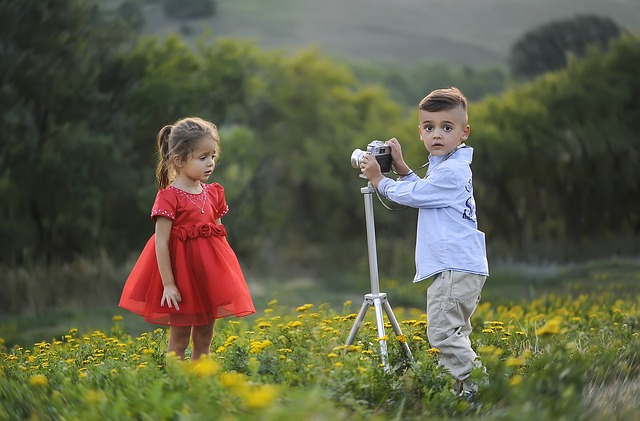
Safe Practices for Using Music and Sounds on TikTok
Best Practices for Safely Incorporating Music and Sounds into Your TikTok Videos
In today's TikTok culture, peer pressure can be a significant challenge for individuals. To strengthen self-confidence, it is crucial to develop a strong sense of self and values. This can be achieved by setting personal boundaries and being assertive in saying no to things that go against one's beliefs. Surrounding oneself with supportive friends who share similar values can also help in resisting peer pressure. Additionally, practicing self-care and engaging in activities that boost self-esteem can contribute to building confidence. It is important to remember that everyone is unique and embracing one's individuality is key to overcoming peer pressure.


